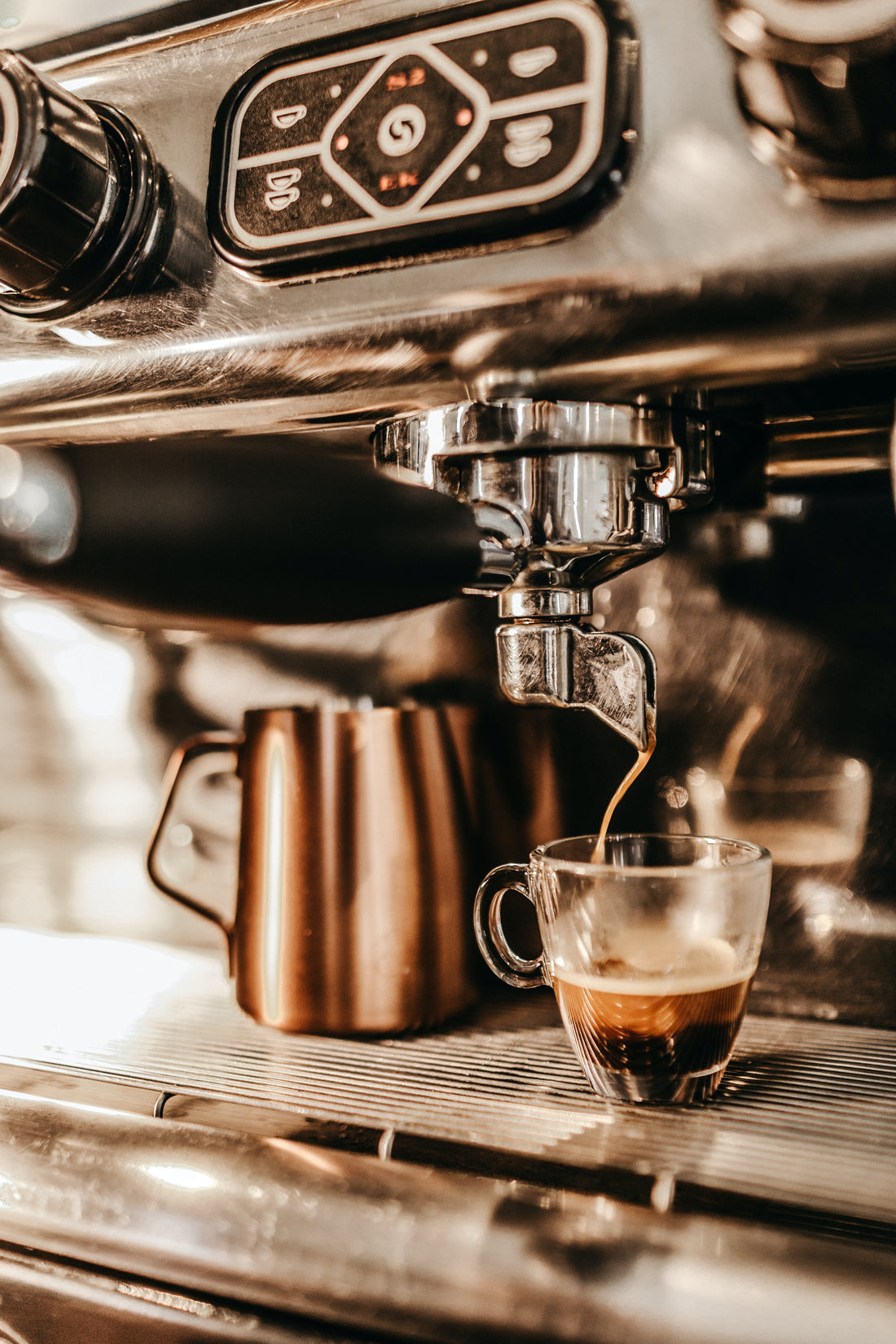
How to make an Espresso
Share
Making good espresso at home is one of life’s little challenges, It is worth remembering that the ore you are prepared to spend on a machine, the better the coffee will be. On the contrary, making good espresso should be thought of as a hobby and not be an attempt for perfection. As nobody is perfect and can make the perfect espresso.
First, select the coffee. It shouldn’t be that hard to make the decision… all you have to do is go with our Robusta beans and you should be good to go. It is to be noted that no matter what the type of bean - that you selected - the process of making the espresso tends to intensify the characteristics of whatever bean you select, you will probably want to use a blend.
Next, grind your beans. They must be fine, but not pulverised as they be for, say Turkish coffee. The grind is pertinent: if it is to fine, the coffee will drip too slowly and be bitter. You will need one and a half to two level tablespoons to a cup.
Apart from grind, another common problem is the tamping down of the ground beans into the machine. They must not be so loose that they water gushes straight through, but they must not be tamped so tightly that nothing can get through. In a good machine, you will need to tamp the grounds down in the gruppa firmly and quite vigorously. At first, you may find it helpful to examine a just-used gruppa to check that you are tamping correctly.
When the coffee begins to come out from the nozzles under the grappa , remember that the best comes first - being the black, and then the caramel-coloured crema - switch off now, because if you leave the machine on too long the coffee will be bitter and watery.
The best way that you can tell whether a cup of espresso is a good one is the presence of crema. As the coffee is released into the cup, it should be covered with a caramel-coloured layer, the crema, which is created by the oils in the coffee mixing water and air during the extraction process. The crema should be evenly coloured and as much as 1/4 inch thick. A dark-brown crema with a white dot or black hole in the middle is a sign that the espresso has been over-extracted and will taste harsh and bitter. A light-coloured crema, on the other hand, indicates an under-extracted espresso that will taste weak.
The kind of coffee you use is a matter of personal preference. Some research has shown that people who like espresso and who buy espresso machines are not the same people who like original and gourmet coffee. Traditionally, the character of espresso demands a high-roast bean, though a medium-roast coffee will do just the trick. Until you get used to your machine, try richer, sweeter, dark-roast beans for espresso and keep the light to medium beans for your French Press. Espresso have about the same caffeine content as one mug of regular-brewed coffee.
